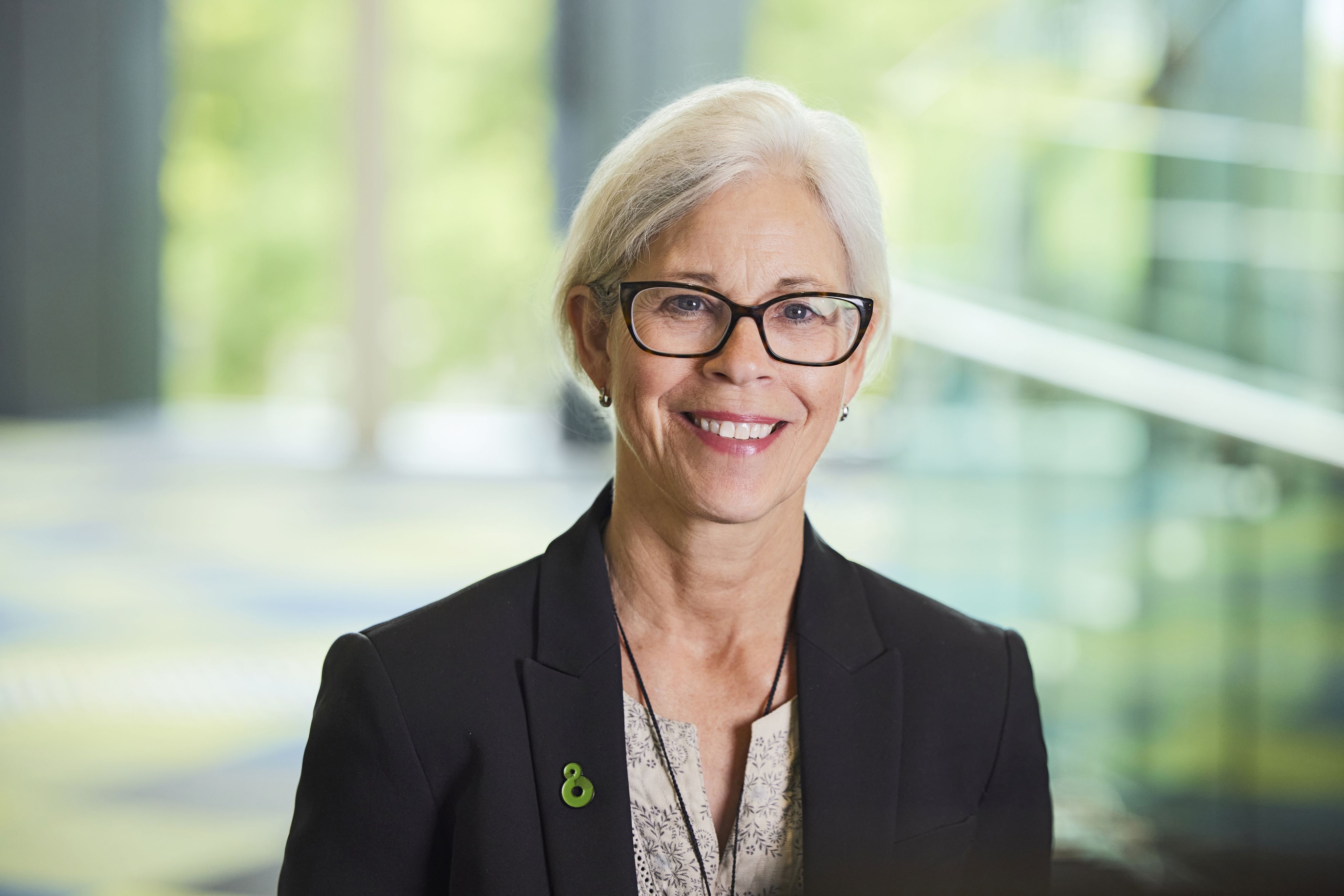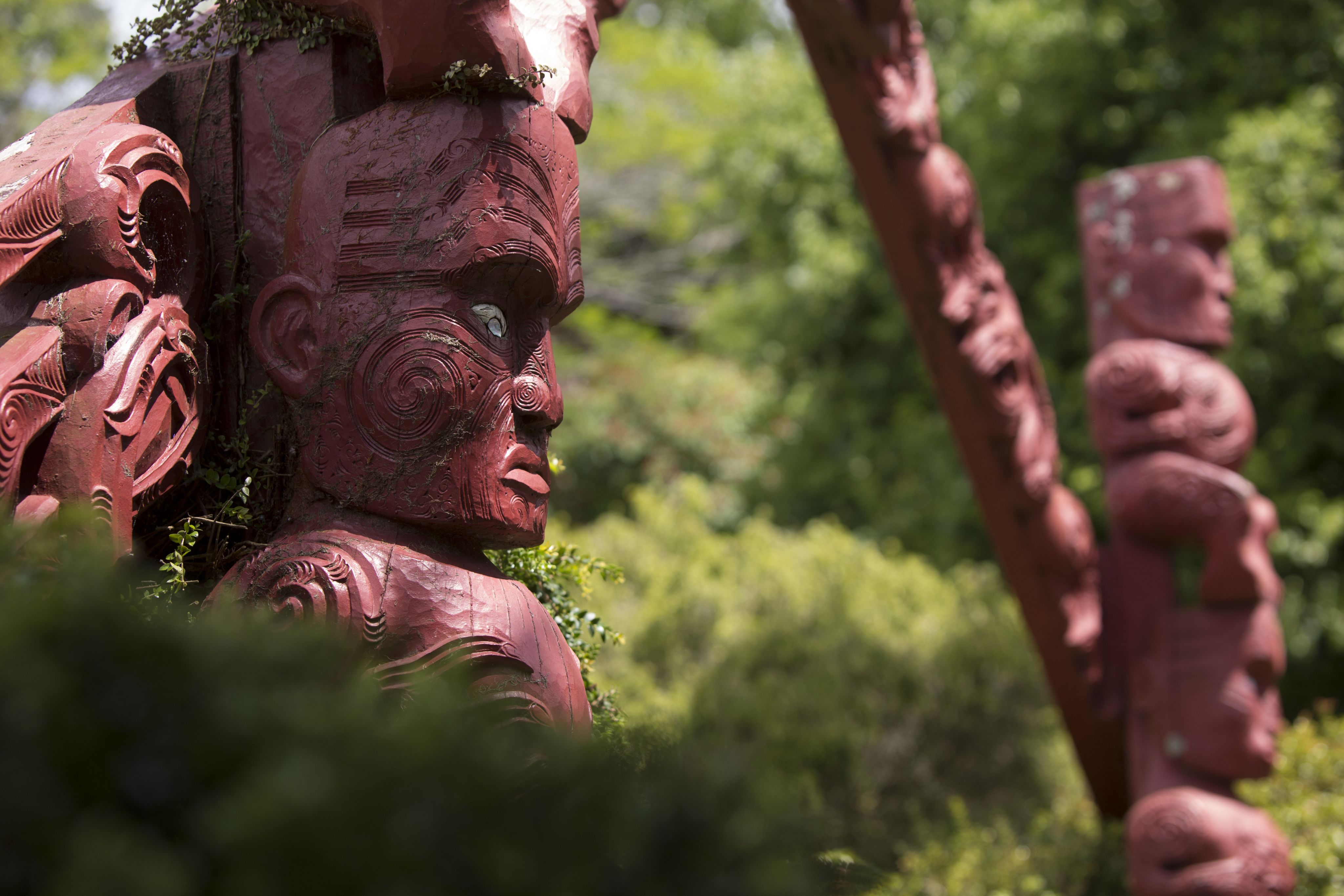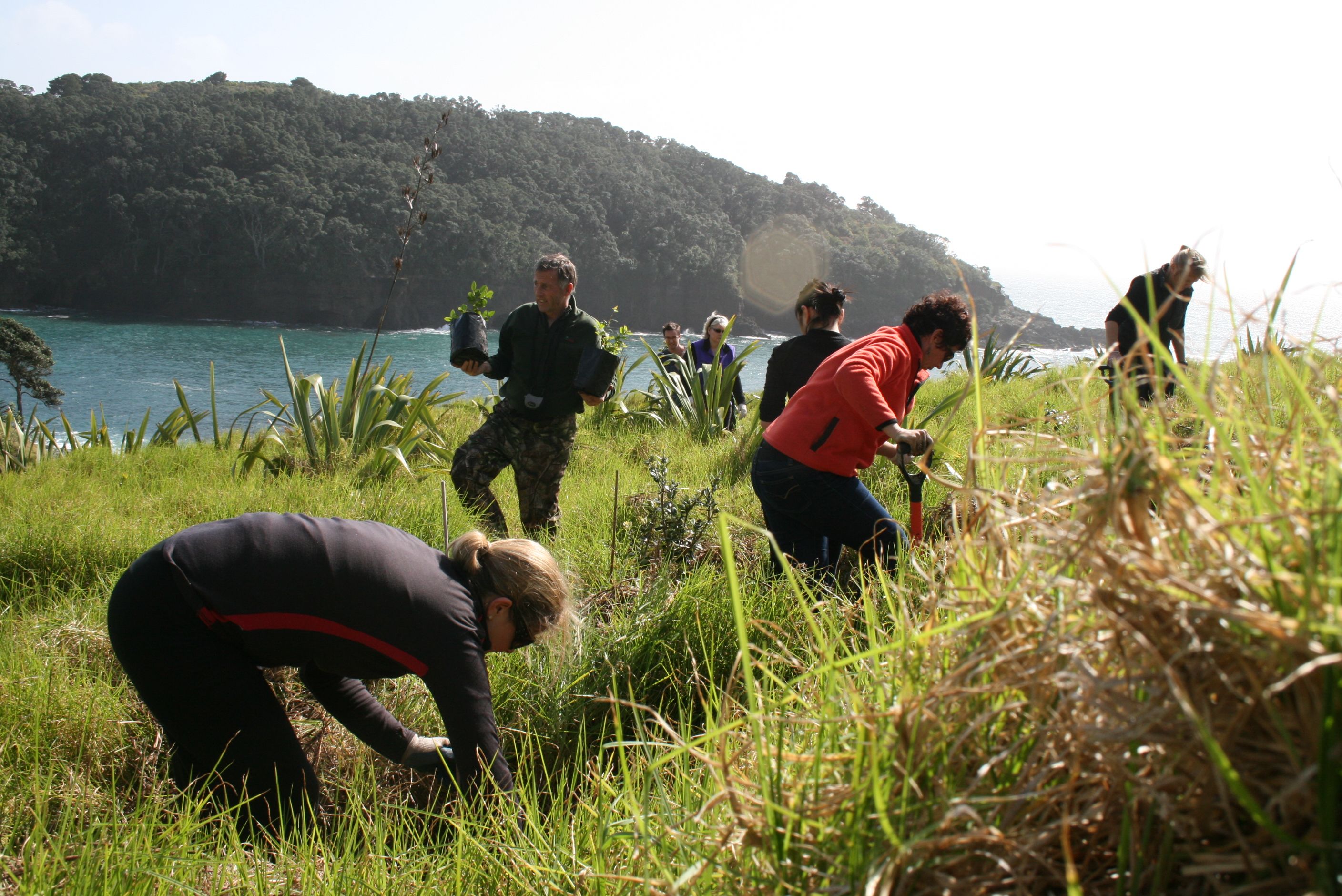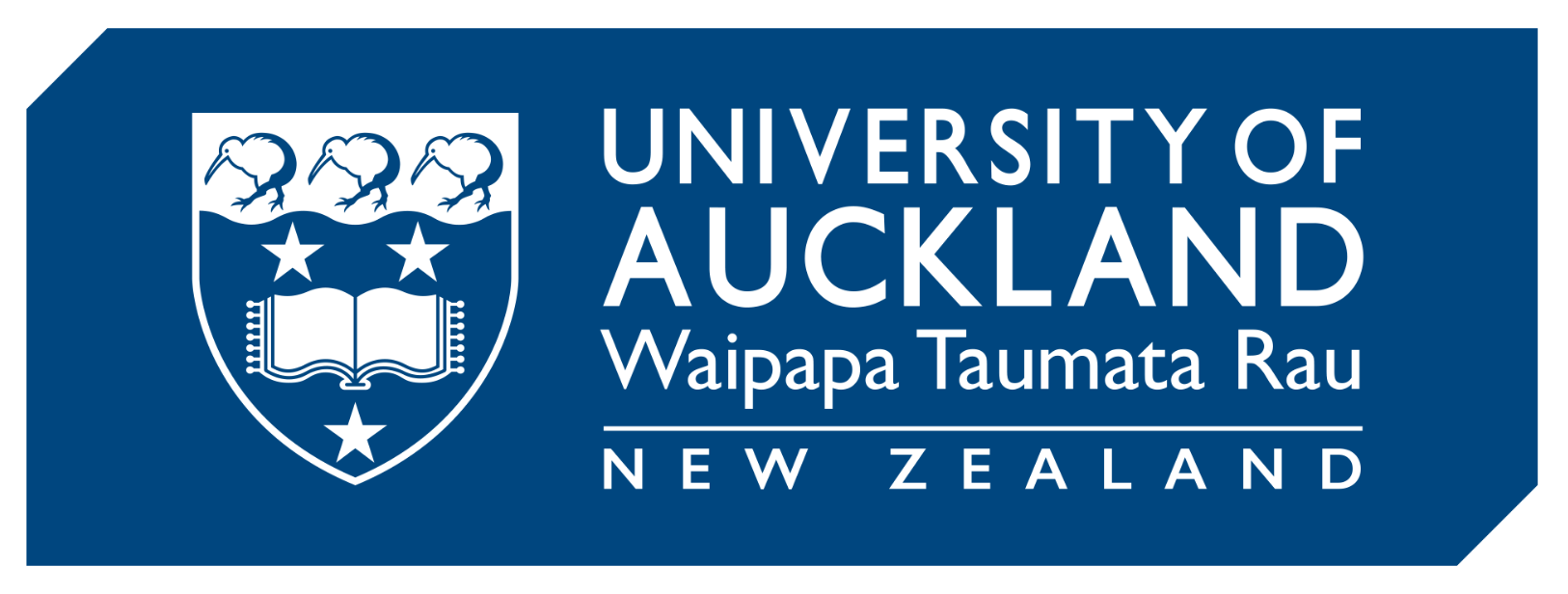Sustainability: Strategy into Action

Waipapa Taumata Rau, the University of Auckland has been on a journey toward integrating sustainable practices across its campuses for many years — not just as they relate to campus infrastructure, but including research, education, and partnerships as well. Now the university has applied focus to these diverse approaches to sustainability, converting current practices into a focused ambition which has culminated in Taumata Teitei, the University’s Vision 2030 and Strategic Plan 2025, and Te Rautaki Aronga Toitū, the Sustainability Strategy. The University of Auckland aspires to be a sustainable university — both socially and environmentally — by 2030.
In February, Professor Dawn Freshwater, Vice-Chancellor of the University of Auckland, joined Liz McMillen, Executive Editor at The Chronicle, for a discussion of how the university got started on its journey and progress thus far (watch on demand). Here are some highlights.
Getting the project started
The University of Auckland is a public research university, and New Zealand’s largest, with some 40,000 students on six campuses. In 2020, a request for input about the development of the University’s strategic plan from all staff, faculty and students, as well as local iwi (indigenous Māori tribes) resulted in more than 550 responses, more than half of which mentioned sustainability as a key priority.
Leadership from the top is essential, Freshwater said but stressed that leaders’ most important role is gaining buy-in from all of those constituencies.
“It’s really important, for this to be successful, to recognize that this work and this strategy are not owned by the President or the Vice-Chancellor. It might be championed by the President or the Vice-Chancellor, but it needs to be a co-created strategy and owned by the community, for the community.”
Early discussions stepped back from tangible goals, like a net carbon zero strategy, to dig into larger issues.
Net zero “wasn’t our starting point,” Freshwater explained. “It might be an endpoint, but it’s not the way to get there. We have to think bigger than that. If you think about the overarching issues of climate justice, the overarching issues of displacement, of what’s happening in the Pacific, for example — carbon net zero is not going to deal with the immediate issues that we’re facing.
Leaders’ other vital role, she added, is focusing efforts.
“We galvanized staff and communities and students around four discrete areas of work: our estate operations, research, teaching and partnerships. And we drew working groups from those members who were interested across the university community and working in a deep way through those particular agendas.”

Professor Dawn Freshwater, Vice-Chancellor, Waipapa Taumata Rau, University of Auckland
Professor Dawn Freshwater, Vice-Chancellor, Waipapa Taumata Rau, University of Auckland

Waipapa Marae
Waipapa Marae
Identifying the values behind the work
“We have in our strategy a suite of Māori values, as well as thinking about the broader values that we bring to bear on our campus and through our experiences,” Freshwater said. “And we do that through a particular emphasis on fairness, justice, and equity.”
In New Zealand, that means looking also at the existential threats facing many of the island nation’s neighbors in the Pacific due to rising sea levels.
“We take our values very seriously. And we commit to them through not only resourcing within the university, but by undertaking a suite of work across the university trying to define what they mean in reality and how we can live them every day.
The “positive obstacle”: Bringing stakeholders together
Asked about obstacles she’s faced in this effort, Freshwater addressed a challenge that she also considers an advantage: the sheer volume of people who want to participate, and the broad range of points of view they bring to the project. If you can make them all feel heard, they will work together.
“It’s such a big commitment,” she conceded, “harnessing that power, the energy and the passion in a way that we can see that we’re making a difference through measurements and through setting targets.”
Here, too, focusing everyone around specific goals is crucial.
“We also have lots of large, multidisciplinary research teams who really want to get involved in this — again, another great problem to have, but the challenge is really making sure that we are focused, that we’re saying, we’re going to do four things, and we’re going to do them really well. And we’re going to work with partners who will lead on the other things that we’re not going to lead on.”

Waipapa Taumata Rau, University of Auckland staff planting trees on Motutapu island
Waipapa Taumata Rau, University of Auckland staff planting trees on Motutapu island
Priorities, resources and measurements
To keep that focus, Auckland’s executive-level position, Deputy Vice-Chancellor of Strategic Engagement has taken on a new role – overseeing and guiding the sustainability strategy across the entire university. Freshwater said this sustainability role sent the message that “we’re not playing at this.”
Entrusting the entire portfolio to one office also helps the university to ensure that resources are deployed in ways that align with the goals; to communicate roles clearly; and to hold everyone accountable.
Developing suitable metrics remains a work in progress.
“Establishing the metrics and the measurements for these sorts of outcomes is still quite novel,” Freshwater explained. “It’s not straightforward. We’re starting to try to quantify some of those and that’s quite difficult. We’re working with our planning team. And we’re asking for some guidance and advice from our experts in the university as to how to quantify some of the cultural shifts that we’re looking for.”
What others can learn from Auckland’s example
When asked for advice for other institutions, Freshwater recapped her most important statements:
- “Remember that this requires a significant group of people to make this happen. It is not just about the leader just saying it. To realise the strategy – to actually implement it, everybody needs to be included. People need to feel that they are listened to and that they have something of value to add.”
- “It really needs to be a focused effort. Otherwise, [you’re trying to do] everything and we can’t change everything.”
- “Think about this both in the context of health, justice, and technology. We just assume that everybody has access to the internet and broadband and to communication strategies. But 60 per cent of the world still doesn’t. It’s really important to remember that. Our strategies have to take account of this.”

This content was paid for and created by University of Auckland. The editorial staff of The Chronicle had no role in its preparation. Find out more about paid content.


